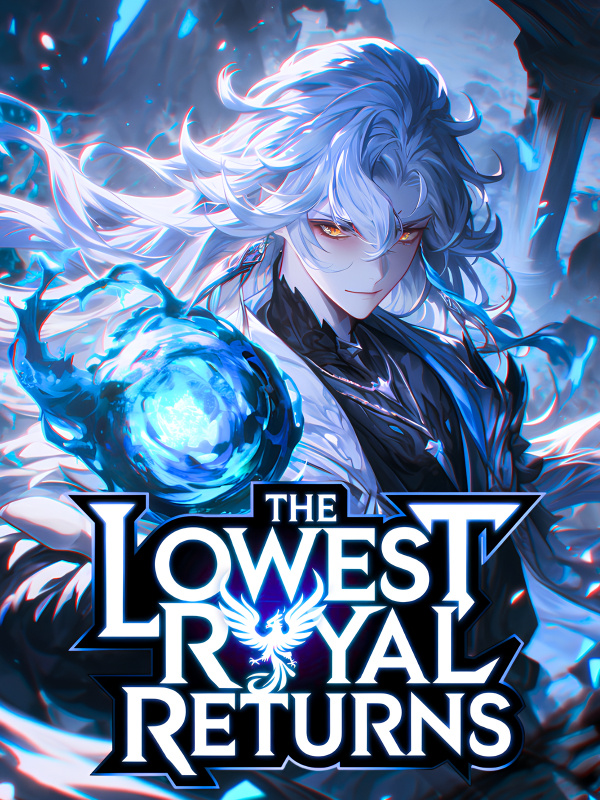©NovelBuddy
I Really Didn't Mean To Be The Saviour Of The World-Chapter 550: 361: The Quest for Knowledge_1
Chapter 550 -361: The Quest for Knowledge_1
At the end of June 3020, Martha Owen led a massive project team of hundreds of thousands of people to complete the first-ever Dark Energy Black Hole Bomb for mankind.
The results were promising, but there was controversy over whether or not to carry out a detonation test.
Harrison Clark chaired a meeting, where he neither spoke nor took a stance but listened to the opinions of all parties. He also shared his own experience in decision-making during the last battle but left the decision to other professionals.
The debate amongst the people was intense.
Various personnel articulately analyzed and expressed their opinions at the meeting.
There were several key factors:
First, the manufacturing difficulty of the black hole bomb was far greater than that of the particle-interference bomb, and it was expected that less than ten could be completed by the time of the war.
As the number was limited, with one less for each explosion, they must be used sparingly.
Moreover, humanity faced another logical dilemma.
No one knew if the black hole bomb could break the solar dome’s seal.
If the black hole bomb could momentarily open a hole in the dome, then it might be worth considering detonating it early and allowing as many Fire Dragon Giants and Sprout Ships to leave the Solar System as possible.
However, if not, detonating the bomb in advance would naturally reveal mankind’s trump card.
The invaders might temporarily change their strategic mode, making the course of the war unfamiliar and uncontrollable.
For example, the invaders may delay opening the Solar System Barrier after their arrival, wait for new reinforcements, and then decide what to do with the gathered military strength.
Alternatively, the invaders may not open the barrier at all but continue to control it at close range, compressing the Solar System for countless years to exterminate human civilization.
Or, the invaders may neither enter nor compress space but continue to throw high-energy substances into the Solar System, heating the environment to unbearable levels, like a pot of boiling meat.
Any of these three possible scenarios would render Harrison Clark’s efforts futile.
Therefore, the black hole bomb couldn’t be tested rashly.
Is there a chance to evacuate a portion of the population in advance?
This question was doomed to be an unsolvable mystery without an answer.
At major research institutes, there were dedicated researchers focusing on the long-term analysis of the solar dome, but so far, without progress.
Humanity remained ignorant of its force field structure, breakdown of materials, and energy principles.
Hence, it was impossible to reach a conclusion through theoretical calculations, and only by actual detonation could the effect be observed.
However, considering the potential huge risks, the meeting eventually decided not to test the detonation.
“Continue to increase production and stockpile more black hole bombs, and decide how to allocate them in September.”
This was the final decision of the highest-level meeting, which Harrison Clark neither opposed nor openly supported.
It wasn’t that he was playing coy, but he genuinely didn’t know what to do either.
On July 1, 3020, Harrison Clark’s gene awakening degree officially broke through 38%.
He was the first human with an awakening degree surpassing 38%, leading Needham Brown, who reached 37.8%, by 0.2%.
With the continuous increase in his awakening degree, the speed at which he benefited from brainwave synchronization resonance training has finally slowed down slightly.
Harrison Clark knew that it was not because his body had reached its limit, but rather the efficacy of brainwave synchronization resonance training technology was gradually reaching a new limit.
Over the past six months, Harrison Clark and everyone else had done almost all the experiments they could try.
There were successes, and naturally, there were failures.
Harrison Clark’s highly valued Planting Plan project had hardly made any progress.
The Planting Plan consumed many resources and manpower, but they hadn’t even managed to design a stable synthetic life gene group, let alone grow the first component.
Initially, the project team’s grandest idea was to use a single gene group to encapsulate an entire warship.
When they later discovered this was too difficult, they shifted to breaking the warship into more than ten components for gene design.
However, they found that even designing these smaller modules was challenging, so they narrowed their scope further by focusing on the smaller functional aspects of the warship.
Now the design plan had become a simple hull structural object, but the hope for success was still slim.
More frustratingly, the deeper the research went, the more researchers realized that designing a “gene” for a single screw and designing the complete warship at once had no essential difference.
The real challenge did not lie in the seemingly complicated directed-expression details, but in creating entirely new biological species within the Solar System from nothing.
If not for Harrison Clark’s unwavering support of the project, the research staff in the Planting Project team might have given up, mentally collapsing.
Project initiation, attempts, dismantling, and re-initiation…
The Planting Project team continued to grope forward amidst such painful exploration.
On July 7, 3020, Harrison Clark attended a stage meeting of the Planting Project team.
He carefully reviewed the research progress table and noticed many incorrect answers. Suddenly, an idea came to his mind, one that had been overlooked for over half a year.
“Since it has been proven that designing a new lifeform from scratch is challenging, we must respect the facts and nature. Why don’t we extract wealth from the existing gene pool on Earth?”
“For example, we could design a warship based on the genes of blue whales or dinosaurs, and then make some functional adjustments to the existing basis. Since it’s impossible to grow a power cabinet directly, let’s add the power cabinet to every cell structure. We’ll integrate a virus that produces antimatter and generates electricity into the cells of the biological warship. Then every cell becomes a power chamber. We’ll let the Blue Whale Warship swim in space.”
“We can do the same with other parts, like the weapon system. For close-combat weapon systems, we can integrate the genes of the Mantis Shrimp. For mid-range weapons, we can incorporate the genes of the Bombardier Beetle.”




![Read The Royal Military Academy's Impostor Owns a Dungeon [BL]](http://static.novelbuddy.com/images/the-royal-military-academys-impostor-owns-a-dungeon-bl.png)

